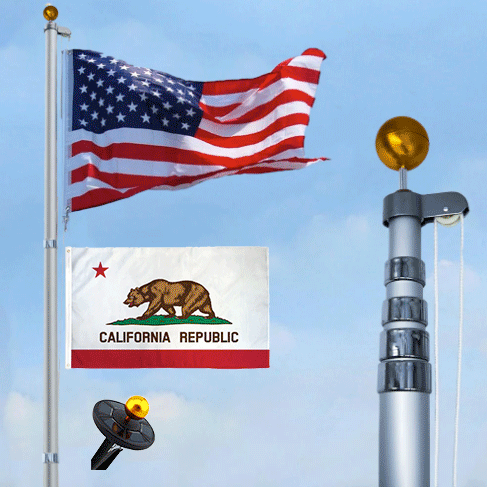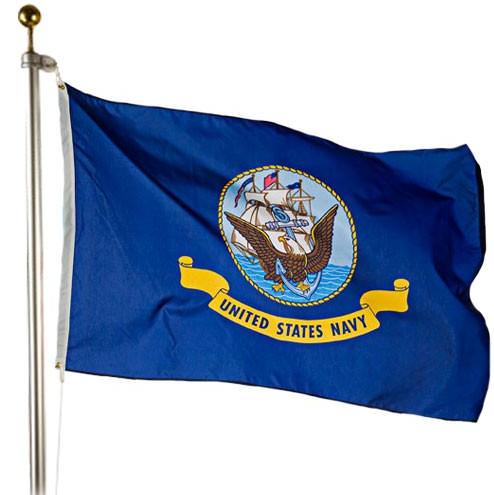
Homeowners Association: A Guide to Your Rights
If you live on a property governed by a Homeowners Association (HOA), it’s essential to understand your rights regarding their rules and regulations.
What is an HOA?
An HOA is an organization that enforces rules and maintains shared spaces in a community. If you live in an HOA jurisdiction, you are legally obligated to pay dues, typically on a monthly basis, which are used to maintain common areas like parks, roads, and amenities. These rules and policies are often outlined in a document known as the Memorandum of Incorporation (MOI).
Understanding CC&Rs
HOAs enforce rules called Covenants, Conditions, and Restrictions (CC&Rs), which govern homeowner behavior and property appearance. For example, you may be required to maintain your lawn or prohibited from painting your house certain colors. Violating CC&Rs can result in fines or restrictions on community facility usage.
However, CC&Rs cannot override state or federal laws. For instance, under the Fair Housing Act, HOAs cannot impose rules that discriminate based on race, gender, or other protected classes. Some states, like California, extend this protection to include sexual orientation.
Your Rights as a Homeowner
HOAs cannot arbitrarily add or change rules without following the procedures outlined in the CC&Rs. If they attempt to fine you, the fine must be explicitly stated in the governing documents. If it’s not listed, you may not be required to pay.
Additionally, your right to display the American flag is federally protected under the Freedom to Display the American Flag Act of 2005. This ensures that HOAs cannot prohibit flag displays on your property, though they may impose reasonable restrictions on how and where the flag is displayed.
Flag Display Rules and Regulations
Federal and State Protections
The United States Flag Code protects your right to fly the American flag, but it also includes guidelines for respectful display. For instance, flags must be illuminated at night or taken down during darkness, and they should not be flown in inclement weather unless they are all-weather flags.
HOA Restrictions on Flags
HOAs can regulate the time, place, and manner of flag displays. For example:
- Flags should not obstruct a neighbor’s view or be placed on common property without permission.
- Some HOAs limit flag displays to certain holidays or require flags to be seasonally appropriate.
These rules must be explicitly stated in the CC&Rs. If they are not, the HOA has no legal basis to enforce them. Additionally, enforcement must be uniform; if others are allowed to fly noncompliant flags, selective enforcement against you could provide grounds for a legal challenge.
Rules About Flagpoles
Common HOA Flagpole Rules
Flagpoles are a common point of contention between homeowners and HOAs. While the Freedom to Display the American Flag Act protects your right to display the flag, it does not specifically address freestanding flagpoles, leaving room for HOA regulations.
One common HOA flagpole rule is:
- Height and Placement: HOAs may limit the height of flagpoles to maintain neighborhood aesthetics or ensure safety. For example, a 20ft flag pole might be the height restriction
Local Zoning Laws
Even outside of HOA restrictions, local zoning laws may regulate flagpole installation. You might need a permit for a freestanding pole, and there may be rules about its location relative to property lines or utilities.
Lighting and Noise Considerations
The Flag Code requires that flags displayed at night be illuminated, and you may need an LED Solar Flag Pole Light. HOAs may regulate the type of lighting to minimize light pollution. Additionally, they can address noise concerns, such as halyards clanging in the wind, by requiring quiet mechanisms or proper maintenance.
If your HOA has specific lighting rules, knowing your options for compliance is key. Our guide, How to Light Your Flagpole: Facts, Tips, and Answers to Common Questions, provides insights on choosing the best illumination while following regulations.
Some HOAs restrict wired lighting for flagpoles, making solar-powered options the best alternative. To find the most efficient and compliant lighting, check out 5 Ways Our Solar Flag Pole Light Dominates All Others.
Approval Processes
Many HOAs require pre-approval for installing a flagpole. Homeowners might need to submit plans detailing the flagpole’s height, material, and location. Installing a flagpole without approval can result in fines or demands for its removal.
If your HOA permits flagpoles, choosing a high-quality, durable option is crucial. The Roosevelt Flagpole meets high standards for strength and aesthetics, making it a great choice for homeowners. Learn why it stands out in 5 Reasons Why The Roosevelt Is Simply the Best Flag Pole Standing.
Resolving Disputes with Your HOA
If you believe your HOA is imposing unreasonable or discriminatory restrictions, you have options:
- Check the CC&Rs: Ensure the rule or restriction is explicitly stated in the governing documents.
- Appeal the Decision: Many HOAs have a formal process for appealing fines or decisions.
- Legal Action: If disputes cannot be resolved amicably, consulting an attorney may be necessary. Some states, such as Florida, have specific laws protecting the right to erect flagpoles under reasonable conditions.
Conclusion
Understanding your rights is key to navigating life in an HOA community. While HOAs can impose certain restrictions, they must follow their own rules and cannot override state or federal laws. Whether it’s mowing your lawn or flying the American flag, knowing the details of your CC&Rs and applicable laws will help you stand up for your rights.
When it comes to flags and flagpoles, reasonable HOA restrictions must be clearly outlined and uniformly enforced. Staying informed will ensure your rights are respected while helping you maintain a harmonious relationship with your HOA.
Before purchasing a flagpole for your home, it’s important to consider factors like height, material, and installation—especially in HOA-governed communities. Get expert advice in Things to Consider When Choosing a Flagpole.
Featured Products




















